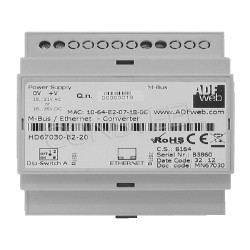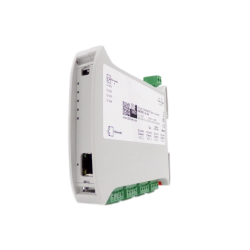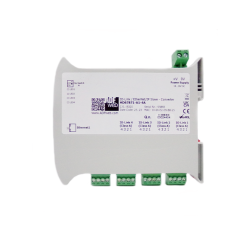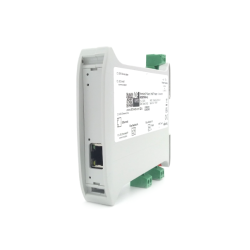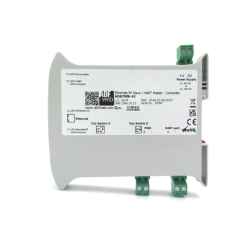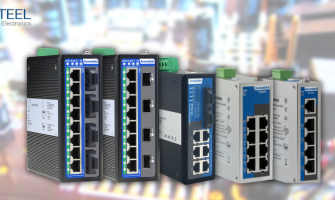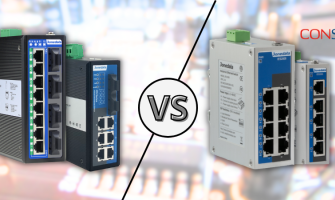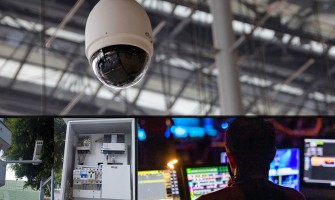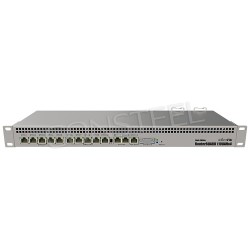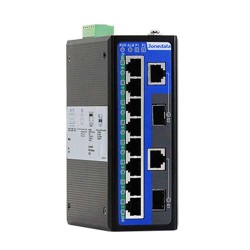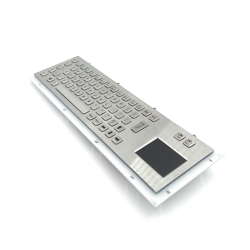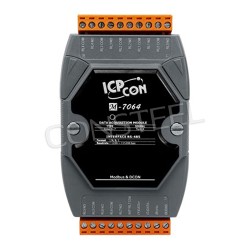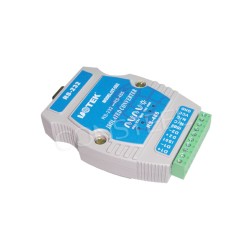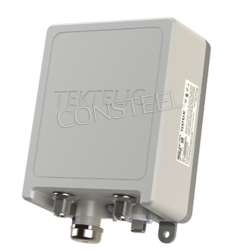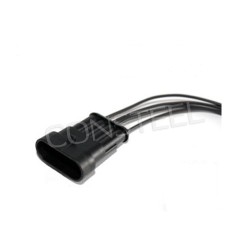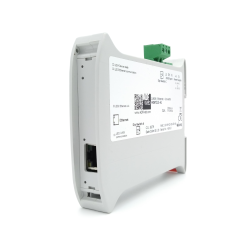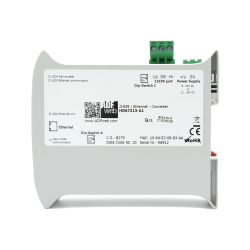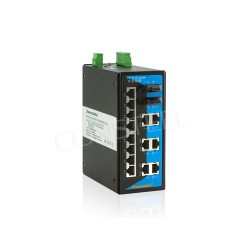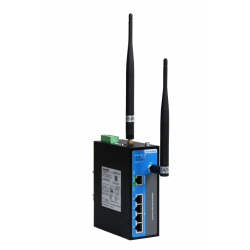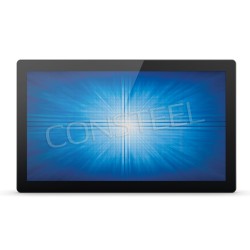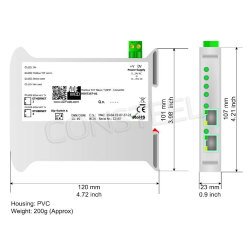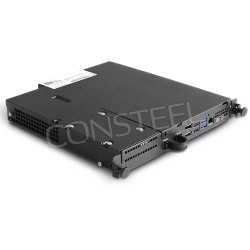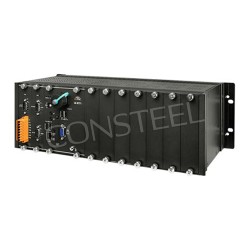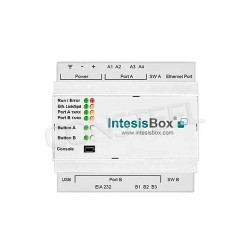Industrial protocol converter: bridging the communication gap in industrial sectors
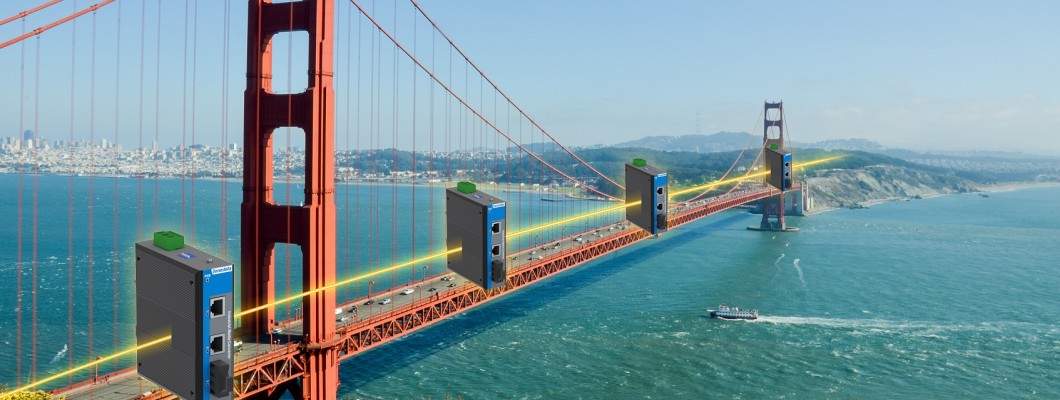
In today's interconnected world, industrial automation relies heavily on a variety of devices and systems that communicate seamlessly with each other. The challenge arises, however, when these devices use different communication protocols, making it difficult for them to exchange data efficiently. This is where protocol converters come into play, serving as key elements in bridging the communication gap in industrial sectors.
What is a protocol converter?
Protocol converter is a hardware or software device designed to facilitate communication between devices or systems using different communication protocols. These protocols can vary widely, ranging from simple serial communication standards such as RS-232 and RS-485 to more complex industrial protocols such as Modbus, M-bus, Profibus and Ethernet/IP.
The primary function of the Protocol Converter is to translate data between different protocols, ensuring accurate and efficient information exchange. This translation process involves converting data formats, addressing schemes and communication timing to enable interoperability between otherwise incompatible devices.
What is a protocol converter used for?"
Protocol converters play an important role in industrial automation and control systems, where heterogeneous networks of devices and equipment must communicate effectively. They are commonly used in such spheres as:
Connecting legacy systems: Many industrial environments may still use legacy equipment, often running on outdated communication protocols. Protocol converters allow legacy systems to be seamlessly integrated with modern equipment and networks, extending their lifespan and maximizing usability.
Connecting different devices: Industrial environments typically consist of a variety of devices from different manufacturers, each using its own communication protocol. Protocol converters act as intermediaries, allowing these devices to communicate with each other regardless of protocol differences. For example, a protocol converter can allow a PLC (programmable logic controller) using Modbus to communicate with a motor drive using Profibus.
Integration with control systems: Industrial control systems rely on accurate and timely data exchange for effective process monitoring and management. Protocol converters facilitate integration between various control system components such as sensors, actuators, HMI (Human-Machine Interface) devices and SCADA (Supervisory Control and Data Acquisition) systems for seamless communication and coordination.
Enabling IoT connectivity: With the advent of the Internet of Things (IoT), industrial devices are increasingly connected to networks for remote monitoring, analysis and control. Protocol converters play a key role in enabling IoT connectivity, bridging the gap between legacy industrial protocols and modern IoT protocols such as MQTT, CoAP and HTTP.
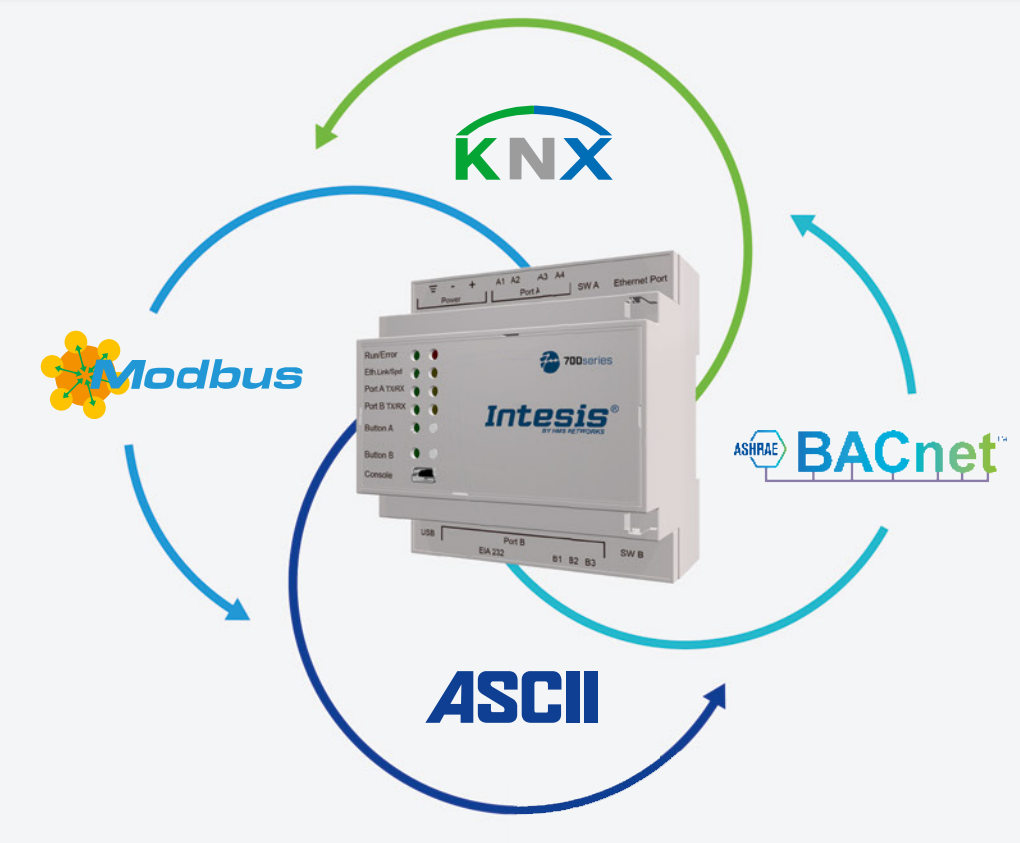
In what industrial sectors are protocol converters used?
Protocol converters are used in various industrial sectors, including manufacturing, energy, transportation and utilities:
Manufacturing:In manufacturing plants, protocol converters are used to integrate various devices such as CNC machines, robots, conveyors and assembly lines, enabling seamless communication and coordination to optimize production processes.
Energy management: In the energy sector, protocol converters facilitate communication between various components of generation, distribution and energy management systems, including substations, smart meters, SCADA systems and renewable energy sources such as solar and wind farms.
Transportation: In transportation systems such as railroads, protocol converters are used to interconnect signaling systems, trackside equipment, train control systems and communication networks, ensuring safe and efficient operation of trains and rail infrastructure.
Utility services: Protocol converters play a key role in utility infrastructure for water, gas and electricity distribution, enabling interoperability between meters, sensors, control systems and remote monitoring platforms for efficient asset management and service delivery.
In summary, protocol converters are essential tools in industrial automation, enabling seamless communication and interoperability between devices and systems with different communication protocols. By bridging the communication gap, protocol converters facilitate integration, increase productivity and open up new opportunities for innovation across industries.













